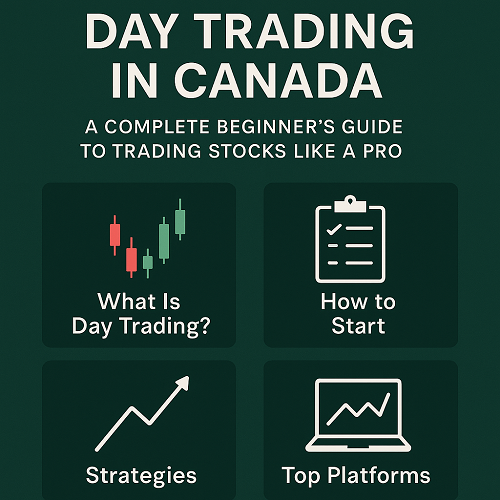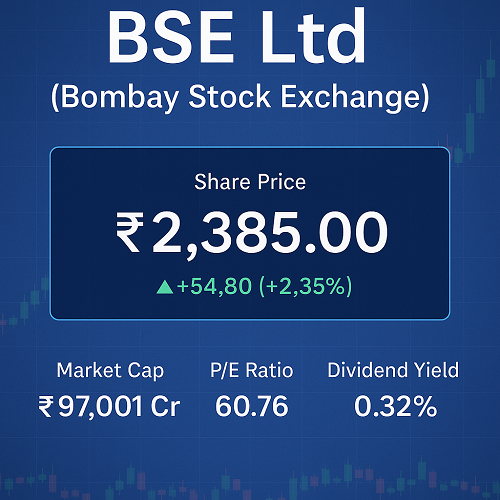The Era of Interconnected Markets
The global financial landscape has never been more intertwined. In 2025, stocks, forex, the share market, and crypto markets influence one another in real time — driven by macroeconomic policy shifts, AI-based trading algorithms, and global liquidity flows.
Intermediate traders who understand how to navigate and profit from these correlations hold a decisive edge.
This article explores advanced, multi-market trading strategies that balance traditional fundamentals with modern quantitative insights. Whether you’re diversifying a trading portfolio or optimizing algorithmic systems, mastering these principles will help you capitalize on volatility while managing cross-market risk.
The New Reality: Market Correlations in 2025
The Convergence of Risk Assets
Once distinct, the stock, forex, and crypto markets are increasingly correlated due to institutional adoption and shared liquidity cycles.
- Stocks and Crypto: Bitcoin’s correlation with major equity indices like the S&P 500 remains high during risk-on periods, often above 0.6.
- Forex and Equities: USD and JPY remain key safe-haven currencies, showing inverse relationships with global stock indices.
- Crypto and Forex: Stablecoin flows now act as pseudo-FX instruments, bridging decentralized finance (DeFi) and fiat markets.
Why Correlation Matters
Understanding these linkages allows traders to hedge exposure dynamically. For example:
- When U.S. yields rise, the USD strengthens, often pressuring both emerging-market forex pairs and risk assets like crypto.
- During equity sell-offs, capital may rotate into gold, bonds, or BTC, depending on inflation expectations.
Traders who integrate cross-asset correlation analysis can better anticipate sentiment shifts and adjust position sizing proactively.
Core Multi-Market Strategy Pillars
Capital Allocation and Diversification
A robust multi-market portfolio distributes capital based on volatility and liquidity.
- Stocks: 40% for long-term growth exposure
- Forex: 30% for income and short-term trends
- Crypto: 20% for asymmetric high-risk opportunities
- Cash/Bonds: 10% for hedging and rebalancing
Tip: Apply a volatility-adjusted weighting model, increasing allocation to markets with declining implied volatility.
Volatility Forecasting
Use the VIX, MOVE index, and Crypto Volatility Index (CVI) to time entries.
When volatility spikes, mean-reversion strategies outperform.
When volatility compresses, breakout systems (in forex or crypto) tend to shine.
Macro-Thematic Positioning
Focus on long-term macro cycles:
- Monetary Policy: Central bank rate decisions remain the dominant force in forex and equities.
- Inflation & Energy: Commodity cycles influence both corporate margins and fiat stability.
- Geopolitical Risk: Conflict or trade tension often strengthens safe-haven currencies and suppresses risk assets.
Advanced Trading Techniques Across Markets
Stocks: Sector Rotation and Quant Filters
In 2025, algorithmic screening using AI-based factor analysis is standard.
- Monitor EPS growth, momentum score, and free-cash-flow yield.
- Use sector rotation to exploit macro cycles (e.g., rotating from tech to industrials as rates rise).
- Apply pair trading — long undervalued stocks while shorting overvalued peers in the same sector.
Forex: Interest Rate Differentials and Algorithmic Edge
Interest rate spreads drive currency direction.
- Carry trades remain effective when volatility is low and policy is stable.
- Integrate machine-learning models for pattern recognition in pair correlations.
- Use position clustering analysis to gauge where retail traders are overexposed (available via COT or broker sentiment tools).
Crypto: On-Chain Data Meets Technical Precision
Unlike other markets, crypto offers transparency through on-chain analytics.
- Watch wallet accumulation, exchange inflows/outflows, and realized profit/loss ratios.
- Combine on-chain signals with traditional technical indicators (EMA crosses, Fibonacci retracements, RSI divergence).
- Employ multi-time-frame confluence to filter false breakouts, particularly on BTC, ETH, and key altcoin pairs.
AI and Automation in 2025
Algorithmic Trading Across Markets
AI now handles more than 70% of daily trading volume across major asset classes.
For multi-market traders, automation enhances consistency.
Use algorithmic scripts that:
- Scan correlations between BTC/USD, DXY, and SPX in real time.
- Execute conditional hedges when correlation thresholds are breached.
- Adjust leverage dynamically based on volatility regimes.
Predictive Analytics and Machine Learning
Machine-learning models trained on multi-market datasets can:
- Forecast short-term price drift based on macro events and social sentiment.
- Identify liquidity zones for optimal order execution.
- Detect cross-asset divergences that signal reversals (e.g., crypto momentum decoupling from equities).
Example: If Bitcoin breaks out while the NASDAQ stalls, it may indicate early-stage rotation into digital assets.
Risk Management and Capital Preservation
Cross-Market Hedging
Hedge directional bias by offsetting exposure:
- Long U.S. equities ↔ Short USD/JPY during risk-on conditions.
- Long Bitcoin ↔ Short ETH/BTC pair when dominance shifts.
- Long EUR/USD ↔ Short European equity ETF for policy divergence plays.
Position Sizing by Volatility
Use Average True Range (ATR) and Historical Volatility (HV) to size trades.
In crypto, apply smaller position sizes due to higher volatility; in forex, use tighter stops with higher frequency.
Psychological and Systemic Discipline
The most successful multi-market traders in 2025 blend systemization with human oversight.
- Automate entries and exits, but manually manage risk triggers.
- Maintain a trading journal across all markets to identify correlation bias.
- Review algorithmic strategies quarterly for drift or overfitting.
Building a Multi-Market Strategy Framework
| Element | Stocks | Forex | Crypto |
|---|---|---|---|
| Primary Driver | Earnings, macro data | Interest rates, liquidity | Network growth, adoption |
| Best Conditions | Moderate inflation, stable policy | Diverging rate cycles | High volatility, innovation cycles |
| Analysis Type | Fundamental + Quant | Technical + Macro | On-Chain + Technical |
| Key Tools | AI screeners, ETFs | COT, Sentiment Index | Glassnode, TradingView |
| Risk Factor | Earnings shocks | Policy intervention | Exchange risk, hacks |
A complete framework blends all three through shared liquidity signals — particularly the U.S. Dollar Index (DXY) and global bond yields.
Preparing for 2025: Opportunities and Threats
Key Opportunities
- Institutional expansion into tokenized assets creates new liquidity bridges.
- AI integration simplifies multi-asset risk management.
- Emerging market forex pairs offer yield advantage as global rates normalize.
Emerging Threats
- Regulatory fragmentation between crypto and fiat systems.
- Algorithmic saturation — too many traders using similar data models.
- Volatility spikes from geopolitical shocks or sudden rate pivots.
To thrive, traders must balance innovation with caution — optimizing automation while preserving human oversight.
The Bottom Line: Adaptation Is Alpha
In 2025, alpha generation no longer depends on mastering one market — it’s about synthesizing insights across all of them.
By understanding how stocks, forex, and crypto interact, traders can capture opportunities early, hedge intelligently, and compound returns through volatility cycles.
The future belongs to traders who think globally, execute systematically, and evolve continually.





 XAUT-USD
XAUT-USD  AMD
AMD  MARA
MARA  SHOP
SHOP  BULL
BULL  CL=F
CL=F